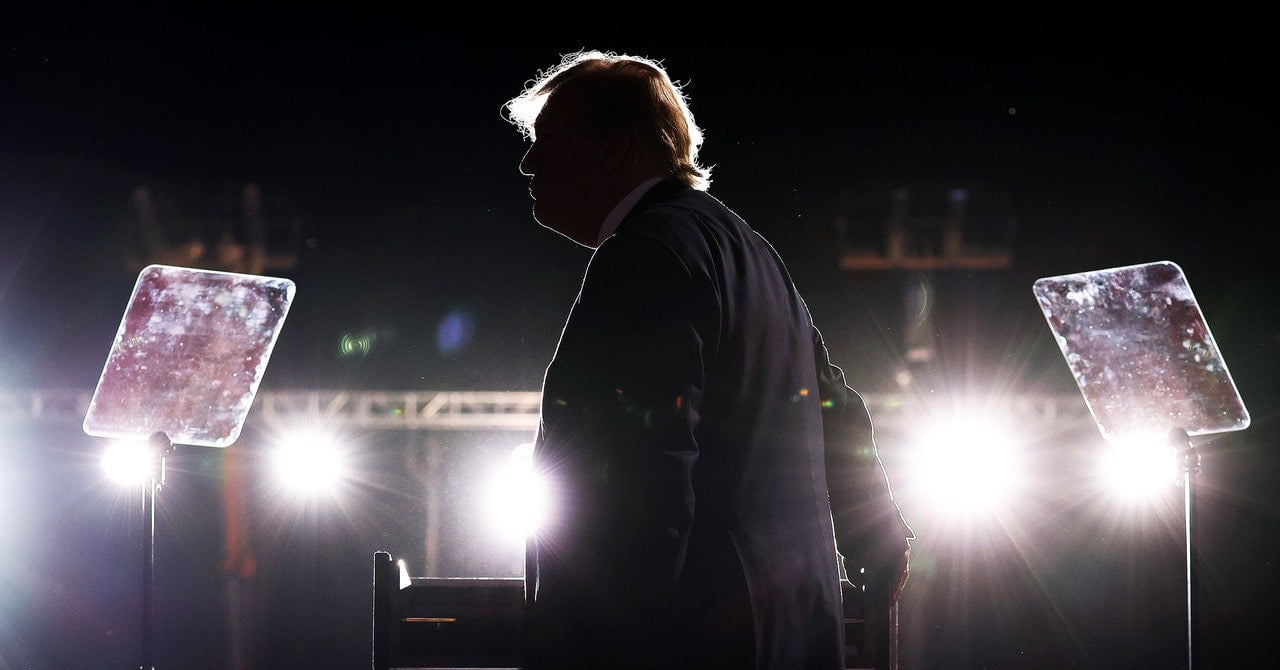

US moves to choke China’s role in electric vehicle supply chain
Amanda Chu
5–6 minutes
Stay informed with free updates
Simply sign up to the Electric vehicles myFT Digest – delivered directly to your inbox.
The Biden administration has moved to choke off China’s role in the US’s electric vehicle supply chain with rules that critics allege will slow the transition from petrol-fuelled cars.
The US Treasury announced on Friday that from next month no US-manufactured EVs that include Chinese-made battery components will be eligible for the full subsidies offered by President Joe Biden’s $369bn landmark climate law.
Nor will EVs qualify for the Inflation Reduction Act incentives if they are made by companies with significant ties to the Chinese government or produced with a licensing agreement with a China-based or Beijing-controlled operator.
“With this guidance and the clarity that it will provide, we’re ensuring that the US electric vehicle future will be made in America,” said John Podesta, Biden’s top clean energy adviser.
The rules come after Biden met Chinese President Xi Jinping last month in a bid to ease tensions between the world’s two largest economies.
Podesta said: “China still dominates the supply chains for key technologies . . . they completely outpace the US and our allies on the production of batteries and their components.”
As well as dominating EV and battery production, China processes more than half of the world’s lithium, cobalt and graphite, which are crucial inputs.
Ahead of next year’s election, the Biden administration is trying to walk a fine line between its efforts to electrify the economy to cut emissions and its drive to create jobs and compete with China. The administration has set a 2030 target for EVs to represent 50 per cent of all new vehicle sales.













continued:
The rules are expected to reduce how many car models qualify for the full IRA tax credit of $7,500 per vehicle in the near term. They will also apply to $6bn of grants issued by the US’s 2021 infrastructure law and, from 2025, to critical minerals used in EV components.
“If you’re trying to source all of the components of an EV without drawing on any Chinese content . . . it’s going to be logistically more challenging and likely a more expensive product at this moment in time,” said Eli Hinckley, partner at Baker Botts. “It’s not a 2024 exercise. This is multi years of building out a supply chain.”
However, the administration said that carmakers would have a two-year transition period to adapt to regulations for small battery parts that lack tracing standards, such as electrolyte salts.
The Alliance for Automotive Innovation, which represents car and battery makers in the US, said the Treasury struck a “pragmatic balance” on the tax credit, and called the two-year transition period “significant and well-advised”.
The trade group had warned that the overly strict rules could eliminate all eligible electric vehicles on the market. Only about a fifth of EVs on sale in the US were eligible for full tax credits prior to Friday’s rules, the trade group estimated.
“Treasury’s effort to make the rules workable means the list of eligible vehicles won’t completely disappear in 2024,” the alliance said.
The US has seen a rush in EV supply chain investment since the IRA was passed by Congress last year. But many projects are not expected to come online until the second half of the decade. US carmakers including Ford, General Motors and Tesla have delayed their factory ambitions due to a slowdown in demand.
GM said its EVs were “well positioned” to qualify for the tax credit. Ford said it was reviewing the implications of the rules.
The Chinese embassy in Washington slammed the rules, calling them “another example of the US’s practices of unilateralism and economic bullying”.
“It is not conducive to the stabilisation and recovery of the global economy and the joint efforts of all countries to deal with the challenges of climate change,” the embassy said.
Republican politicians and domestic manufacturing and energy security advocates also criticised the rules, accusing the Biden administration of not going far enough to exclude Chinese participation.
Mike Gallagher, the Republican chair of the House select committee on China, said that the US Treasury had issued “naive” regulations that would “open the floodgates for American tax dollars to flow to Chinese companies complicit in trade violations and forced labour abuses”.
West Virginia Democratic senator Joe Manchin, a central architect of the IRA law, accused the Biden administration of “trying to find workarounds and delays that leave the door wide open for China to benefit off the backs of American taxpayers”.
John DeMaio, president of Hong Kong-based Graphex Group, a graphite processing company, said the new rules would help “accelerate” the company’s plans to move operations away from China, but acknowledged that they would be a “challenge” for industry to meet.
“It’s very hard to completely extricate ourselves from China,” said DeMaio, whose company is building a processing facility in Michigan. “It’s kind of like holding a wolf by the ears. You don’t like it necessarily, but you can’t let it go.”
Additional reporting from Demetri Sevastopulo in Washington